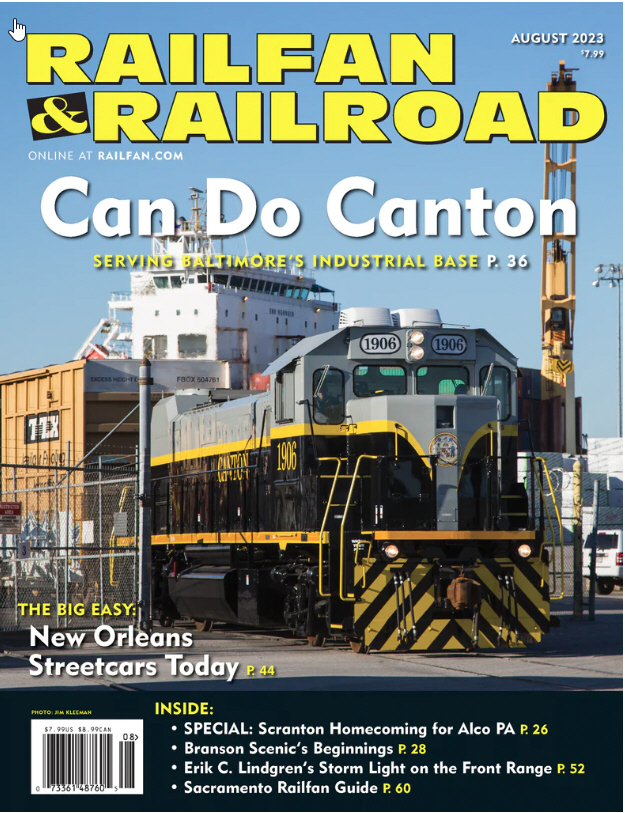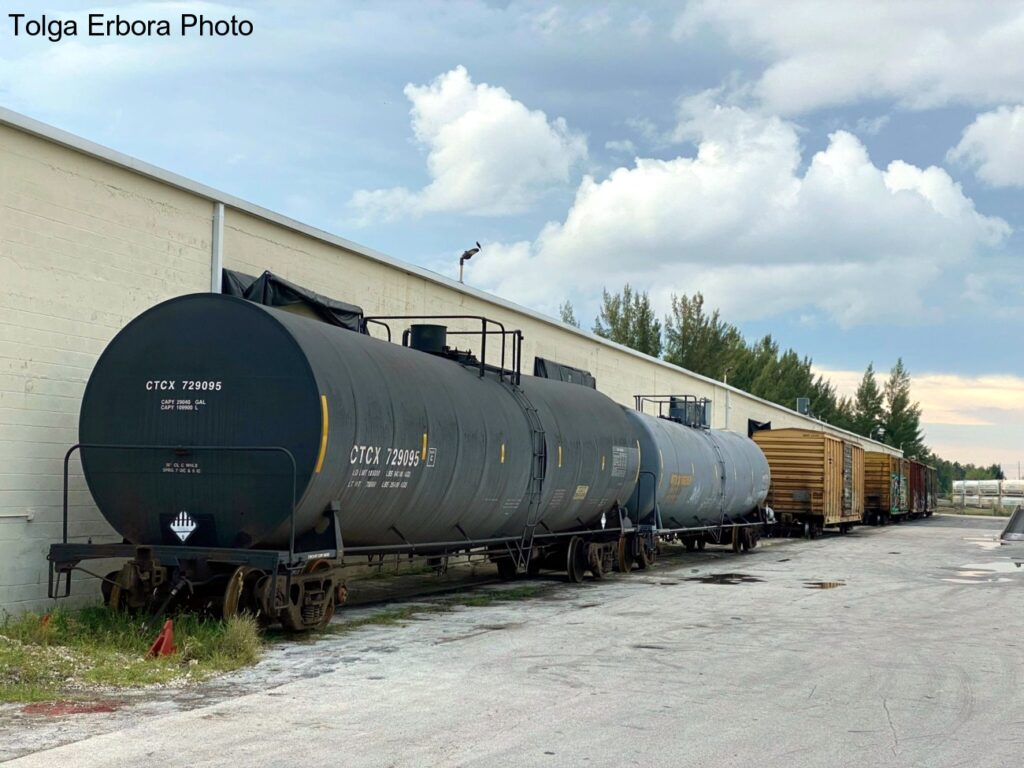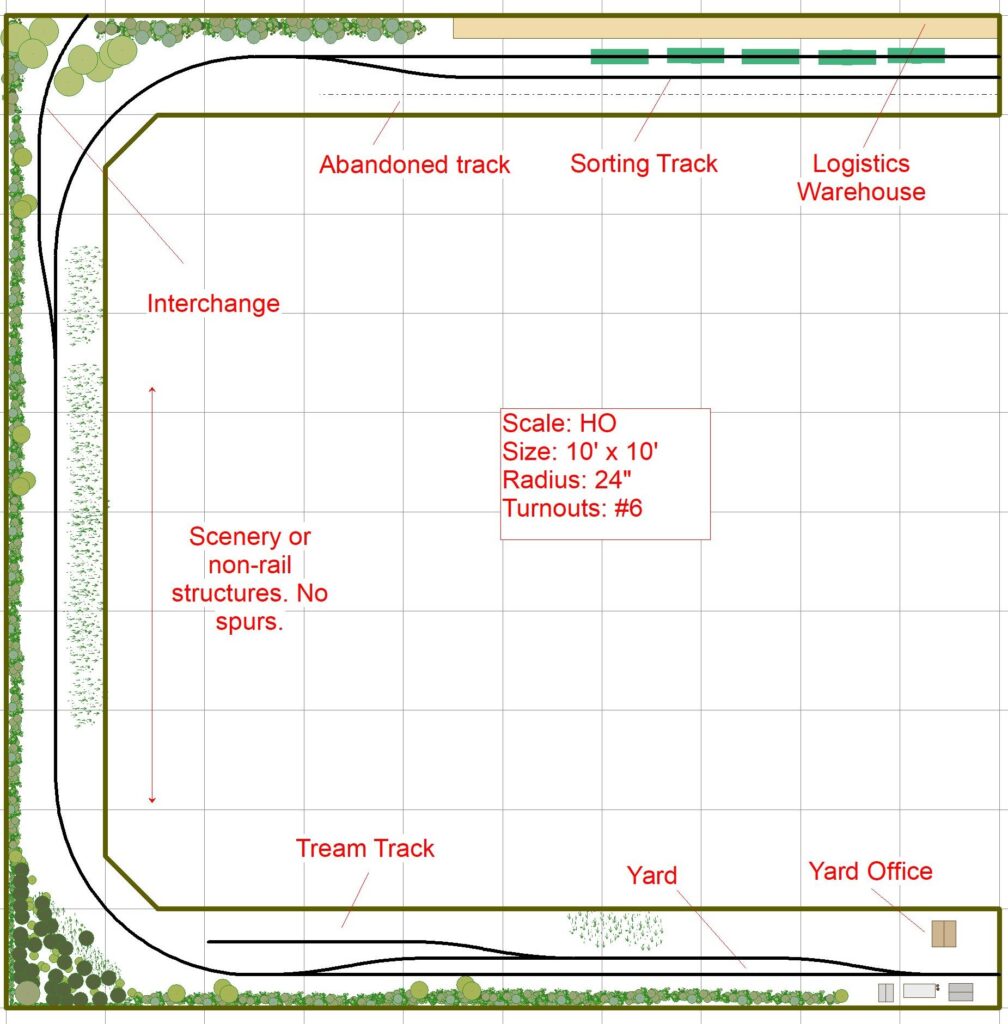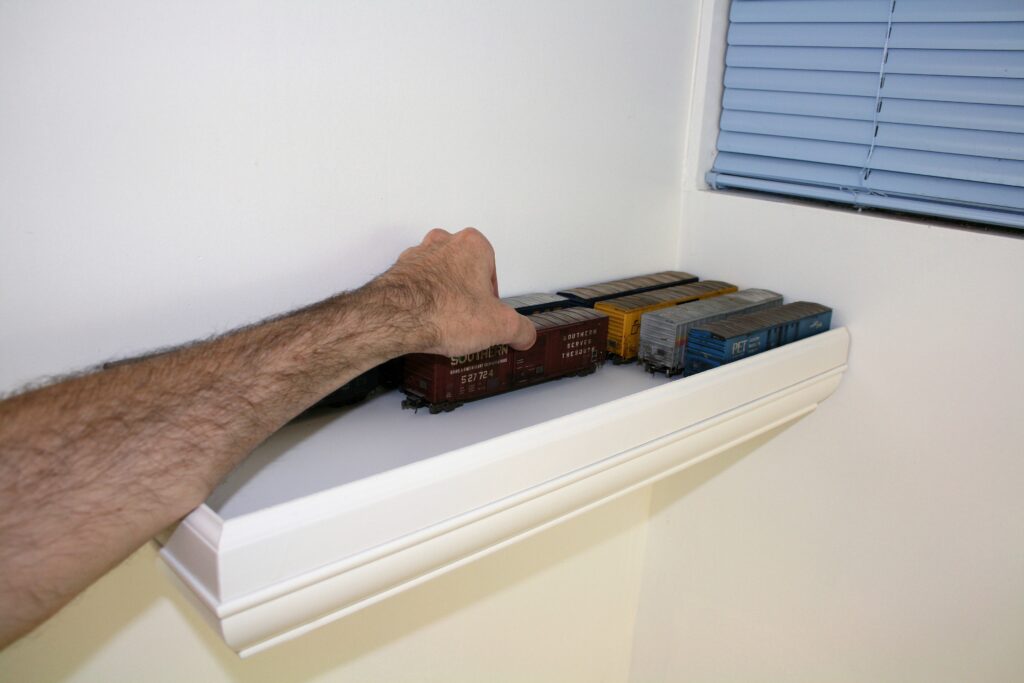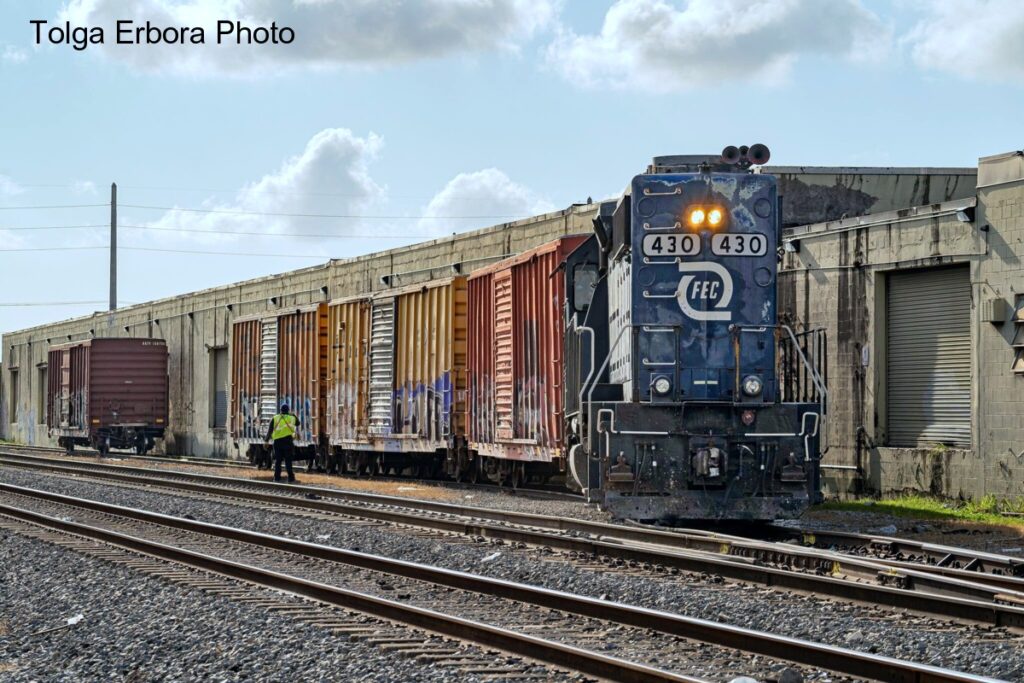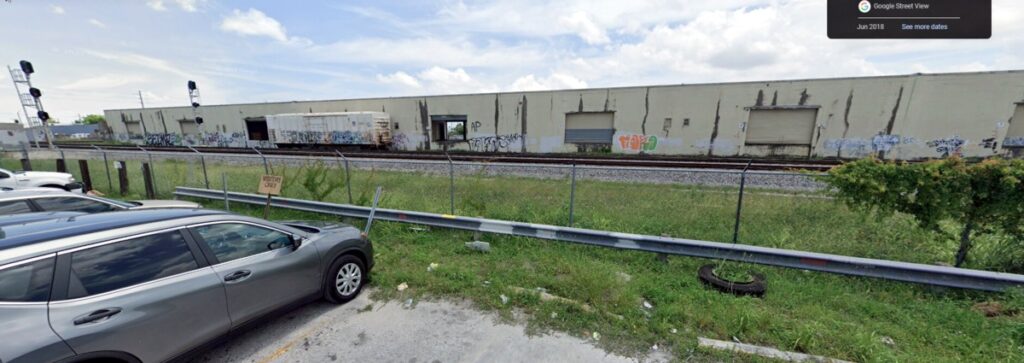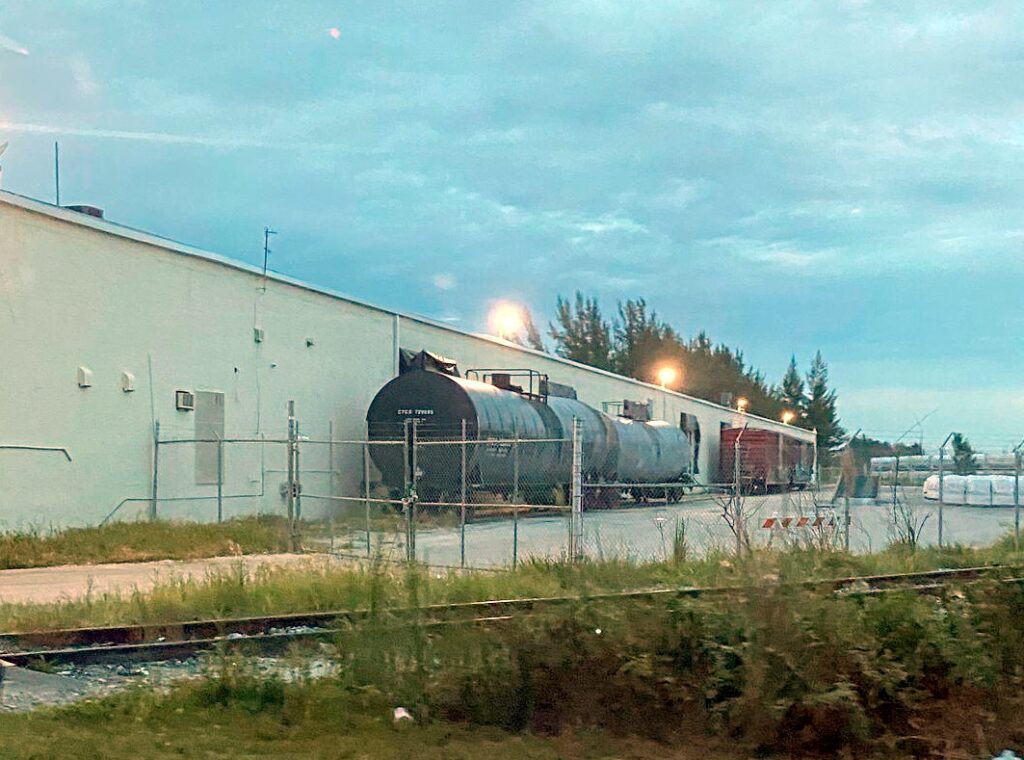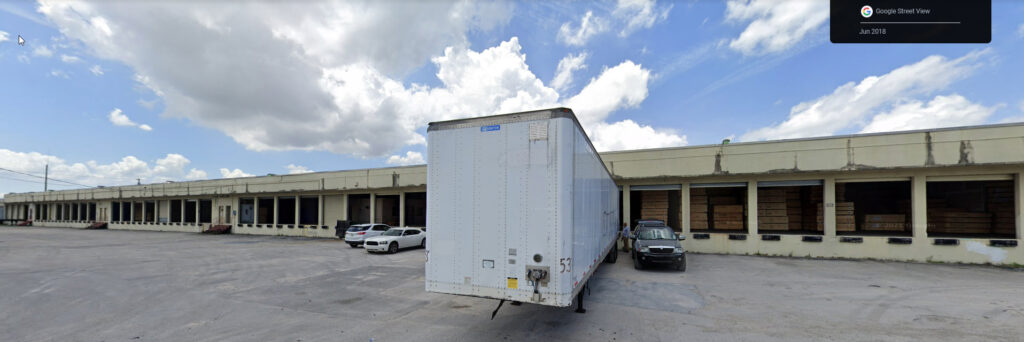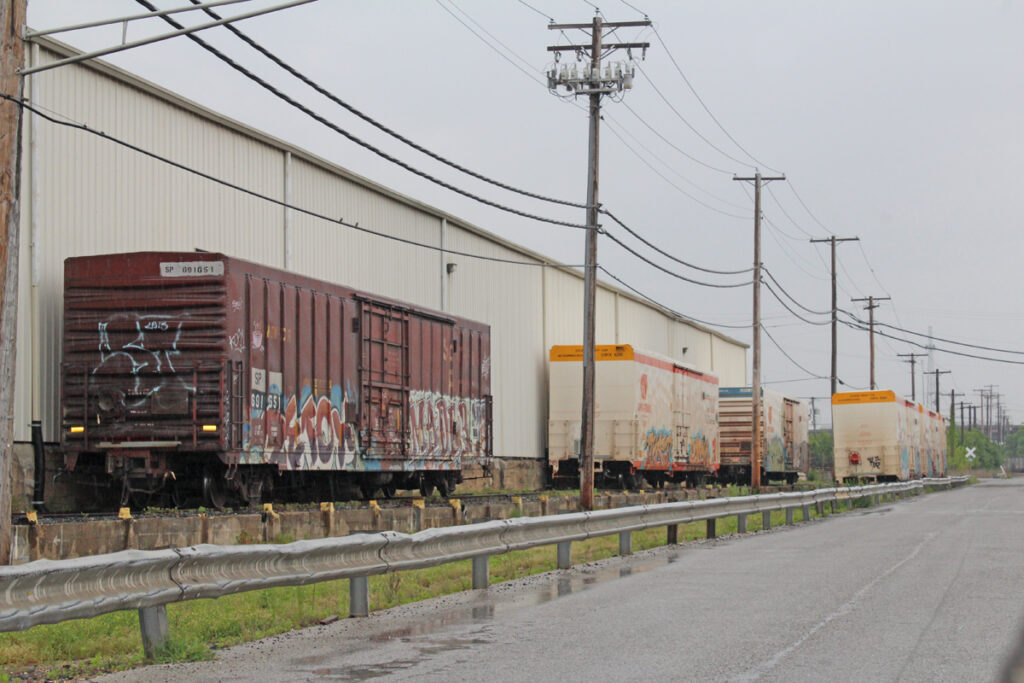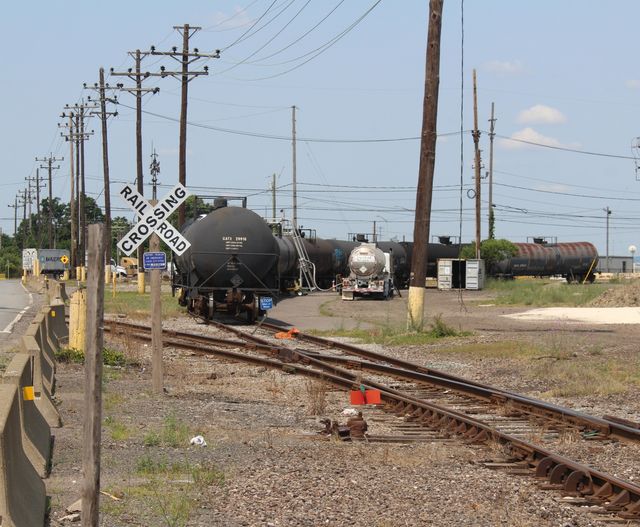
Today, a somewhat pointless observation, but an observation nonetheless. In recent years I’ve noticed how little money I spend on the hobby. The amount of time I spend modeling is the same as ever, it’s just the cost has become negligible.
It’s not an ideal reality but the cost of entry to model railroading is a little steep and it often comes at a time when modelers are younger and have smaller budgets. You’ll need a control system which will run you upwards of a grand. A single DCC locomotive costs over $300. Turnouts are now approaching forty dollars. Once you get launched though, things become much easier.
First, the components just mentioned can be used over and over and tend to last for decades. Over time, many modelers drift towards scratch building, the cost of which is negligible, and the “play time” involved in building the model significant. For thirty dollars worth of materials you’ll have enough to keep you busy for a month or more.
As they gain experience, modelers “may” become more adept at design and create plans that are more efficient and more streamlined. This equates to less track and fewer turnouts, which again, reduces cost.
Year by year you accumulate more tools, most of which will last you for life. You accumulate large scrap boxes which you can draw on for inventory.
As skills increase, you are more able to fix and build things yourself. As a result, not every problem involves throwing money at it.
Any cost saving tips for those at the beginning of the curve? Within reason, try to avoid buying more “stuff” until you’ve built what you already have. If you have four unbuilt Cornerstone kits on your shelf, build those before purchasing a fifth. Same for freight cars and locomotives, if you don’t have a layout, limit the number you accumulate. The risk of spending thousands of dollars on locomotives for the “someday layout” is that when “someday” arrives (maybe a decade down the road) the newer products will be of higher quality than what you bought previously and put in storage. Plus, having a locomotive sitting unused for long time periods isn’t a good thing. Oxidation sets in. Things dry out. It may not even run when called upon.
If you’re just getting started, hang in there, it gets easier and less expensive, down the road.


